This New Eye Drops Could Clear Cataracts Without Surgery, Giving Millions a Safer Way to Restore Sight
Last updated on
Imagine living behind a fogged window that never clears. At first, the haze is barely noticeable, a little extra light needed to read, a faint difficulty recognizing faces in dim rooms. But over time, colors dull, details fade, and the world turns into a muted blur. For more than 65 million people worldwide, this slow dimming of sight isn’t just an inconvenience; it’s cataracts, the leading cause of blindness. Modern surgery can lift that fog in under half an hour, restoring vision almost instantly. Yet for millions, the scalpel is out of reach too costly, too distant, too risky, or simply too frightening. In places where eye care is scarce, blindness often arrives not because it can’t be treated, but because treatment is locked behind barriers. Now, scientists are exploring a different path: a medicated eye drop that could clear cataracts without surgery. Early lab results are showing measurable improvements in lens clarity and even signs of restored focusing ability, something that’s never been achieved without removing the lens entirely. If this approach proves safe and effective in people, it could transform not only how cataracts are treated, but who gets the chance to see clearly again.A World Slowly Going Out of Focus
Cataracts rarely announce themselves with sudden drama. They creep in, gradually transforming the way a person experiences the world like a camera lens fogging over from the inside. At first, it might be the need for brighter light to read a book or a little extra squinting to make out a street sign. Over the months and years, the changes deepen: night driving becomes treacherous, colors lose their vibrancy, and familiar faces fade into indistinct shapes. Globally, the scale of this slow-motion loss is staggering. The World Health Organization estimates that more than 94 million people live with vision impairment due to cataracts, making them the leading cause of blindness worldwide. While most cases are linked to aging, cataracts can also be triggered by long-term UV exposure, diabetes, smoking, certain medications, or even eye injuries, meaning no age group is truly exempt.
Why Cataract Surgery Isn’t Always the Answer
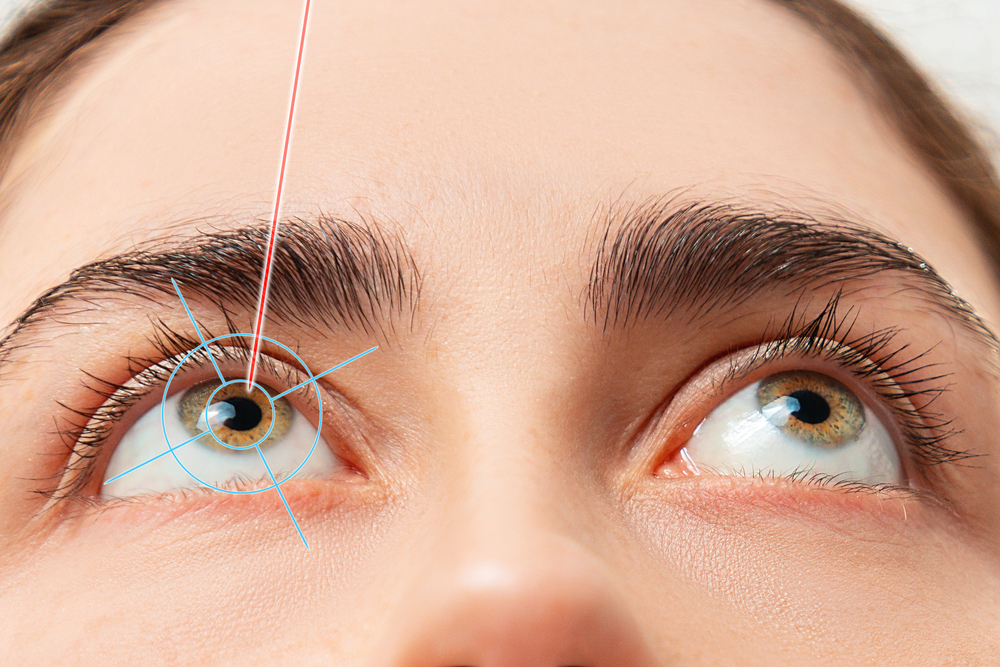
How a Drop Could Replace the Scalpel
To understand how an eye drop might reverse cataracts, it helps to start at the microscopic level. The eye’s lens is a marvel of natural engineering made mostly of water and proteins called crystallins, arranged in a precise structure that keeps the lens clear and flexible. Over time, or under stress from factors like UV radiation, diabetes, smoking, or injury, these proteins begin to misfold and clump together. The once-transparent lens becomes cloudy, scattering light instead of focusing it. This is the root cause of a cataract. The experimental compound VP1-001 takes aim at that root cause. Classified as an oxysterol – a molecule derived from cholesterol its role in this context isn’t to affect cholesterol levels, but to act as a pharmacological chaperone. In simple terms, it helps damaged crystallin proteins fold back into their correct shape and dissolve the clumps that cloud the lens. In laboratory studies, researchers applied VP1-001 as a topical eye drop to mice genetically prone to cataracts. The results were striking:These eye drops may eliminate the need for glasses and contact lenses https://t.co/d0NbRvtH9J
— Vala Afshar (@ValaAfshar) February 24, 2023
-
- 61% of treated lenses showed optical improvement.
-
- 46% had a measurable reduction in opacity.
-
- Some lenses even regained their ability to focus light properly, suggesting partial restoration of the lens’s original function.
What We Know and Don’t Know Yet
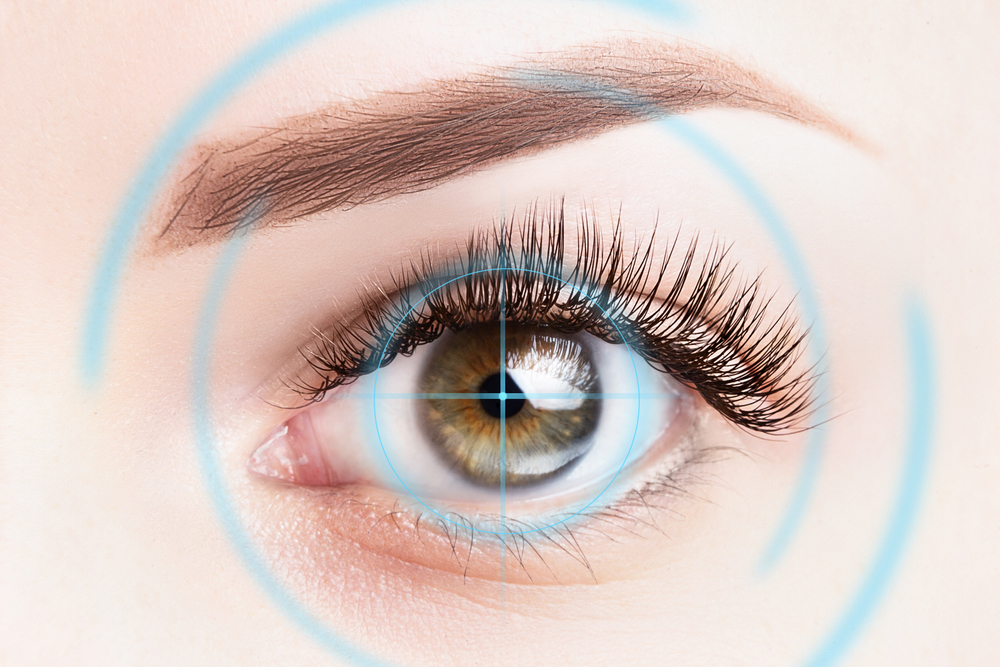
The Global Impact If It Works
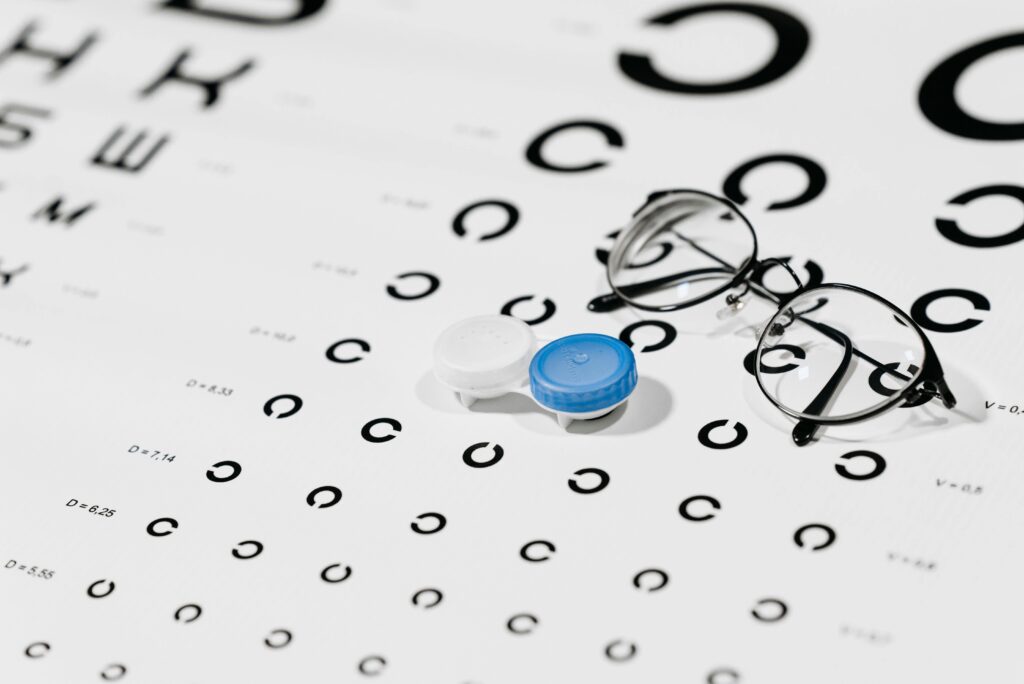
Caring for Your Eyes Now: Slowing Cataract Progression
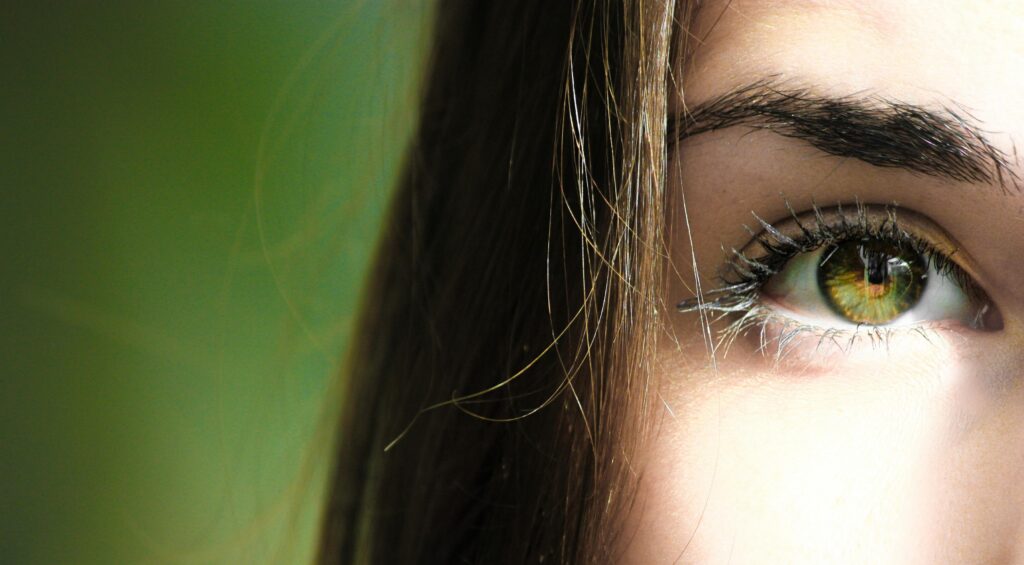
1. Protect Your Eyes from UV Damage
Prolonged exposure to ultraviolet (UV) light accelerates the breakdown of lens proteins. What to do:-
- Wear sunglasses that block 100% of UVA and UVB rays tint alone isn’t enough.
-
- Use a wide-brimmed hat when outdoors for extended periods.
-
- Ask your optician about UV-protective coatings for prescription lenses.
2. Eat for Your Eyes
A diet rich in antioxidants supports lens health by neutralizing oxidative stress. Key nutrients:-
- Lutein & Zeaxanthin – Leafy greens like spinach and kale.
-
- Vitamin C – Citrus fruits, berries, bell peppers.
-
- Vitamin E – Nuts, seeds, and vegetable oils.
-
- Beta-carotene (Vitamin A) – Carrots, sweet potatoes, squash.
-
- Omega-3s – Fatty fish, flaxseeds, walnuts.
3. Quit Smoking or Don’t Start
Smoking doubles the risk of cataracts by increasing oxidative damage and depleting protective antioxidants in the eye. Quitting benefits your vision along with your overall health.4. Manage Chronic Conditions
Conditions like diabetes and hypertension can speed cataract formation. Steps to take:-
- Keep blood sugar and blood pressure within target ranges.
-
- Follow your healthcare provider’s plan for medications, diet, and exercise.
5. Don’t Skip Eye Exams
Cataracts progress gradually, and early signs can be subtle.-
- Adults over 60 should get a comprehensive eye exam every 1–2 years.
-
- Mention changes in night vision, glare sensitivity, or reading clarity, even if minor.
A Clearer Future in Sight
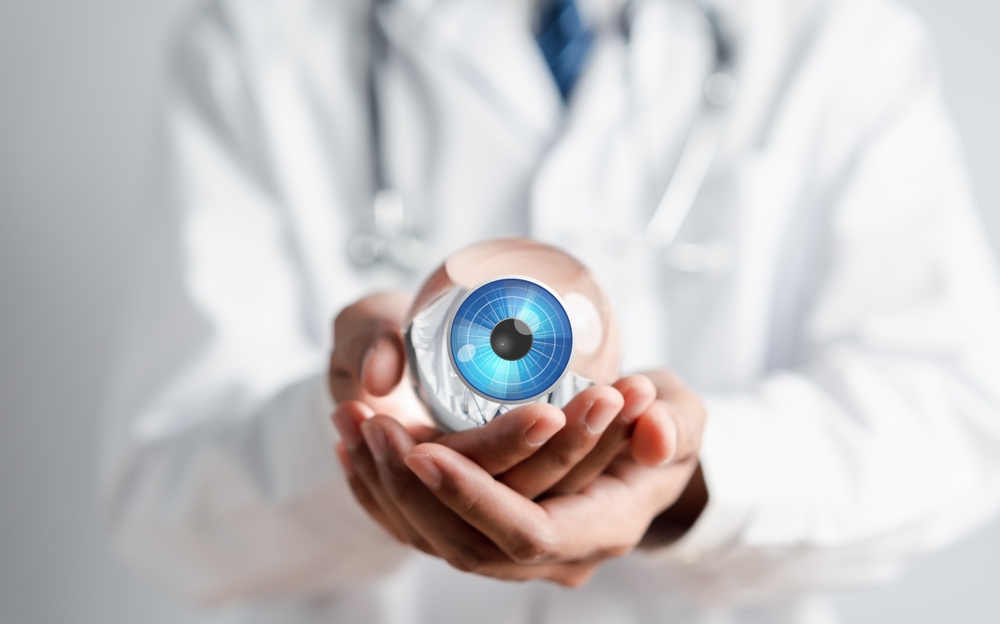
Some of the links I post on this site are affiliate links. If you go through them to make a purchase, I will earn a small commission (at no additional cost to you). However, note that I’m recommending these products because of their quality and that I have good experience using them, not because of the commission to be made.

































 JOIN OVER
JOIN OVER
Comments